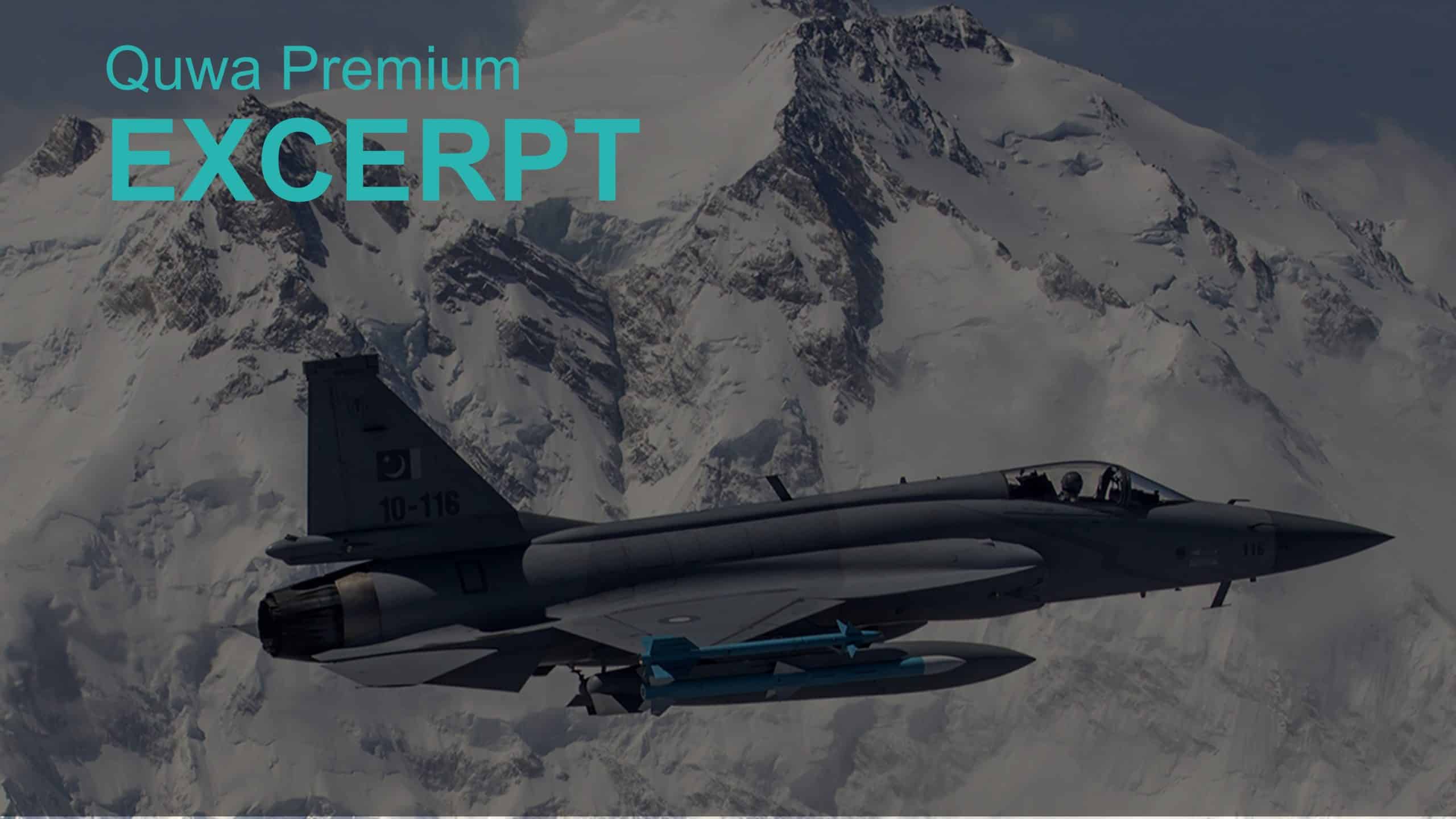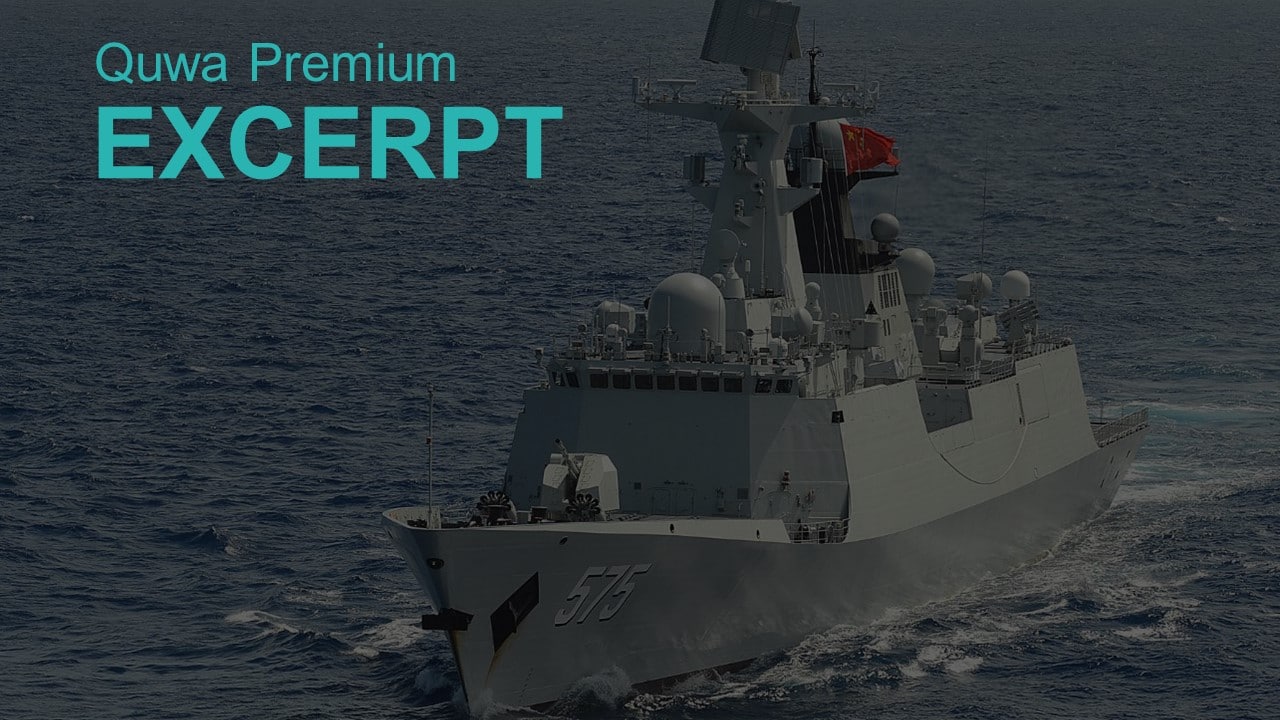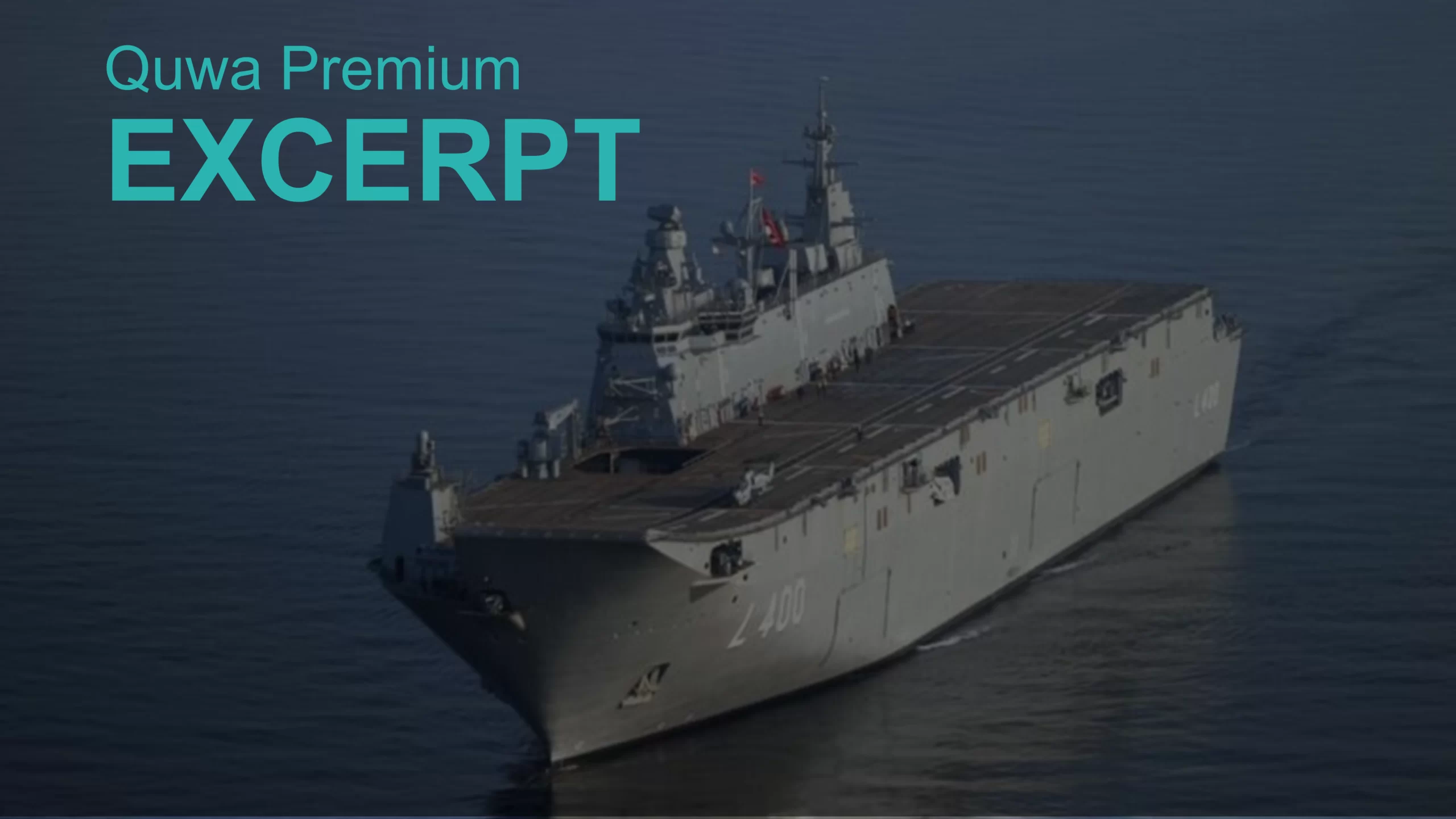2928Views

Analysis: Why the JF-17 is the Right Choice for Argentina
By Arslan Khan
On 15 September 2021, the Government of Argentina allocated funding for the procurement of 12 JF-17 Thunder multi-role aircraft from China. According to Jane’s, the total procurement cost of the program was set at $664 million U.S., with $20 million U.S. budgeted towards infrastructure.
This heralded significant hope for the Argentinian Air Force who, for the last few decades, had been left without any credible fighter capability. Instead, it has been relying on a handful of unserviceable A-4R Fightinghawks.
After a long, complex process, the budgetary release was a breath of fresh air for the force that has been unable to meet its needs due to a mixture of economic woes and sanctions.
Interestingly, the Argentinian case is almost similar to Pakistan’s T129 ATAK fiasco. Turkey was unable to deliver the T129s to Pakistan due to the engines being subject to ITAR regulations.
Similarly, Argentina had opted for the Korea Aerospace Industries (KAI) FA-50 as their new multirole fighter aircraft in Summer 2019. However, due to the significant use of British inputs in the FA-50, the British government denied export licenses to KAI. The FA-50 deal was cancelled in October 2020.
Had the FA-50 deal gone through, it would have been a significant win for KAI – sort of. The KAI FA-50s fills the same niche as the JF-17. Potentially, the FA-50 might even be competitive from a pricing or cost standpoint.
Both also excel in their own specific ways. The FA-50, for example, leverages a superior engine in the GE F404 compared to the JF-17’s RD-93. The JF-17, on the other hand, offers a far better weapon and sensor load out.
Overall, the FA-50 and JF-17 target different markets.
In a way, the FA-50 is better positioned for NATO or NATO-aligned air forces.
The JF-17, on the other hand, caters to countries that need a NATO-standard fighter tailored for NATO tactics in mind, but minus the restrictions of a NATO fighter. Moreover, the JF-17 also aims to be budget-friendly.
These attributes make the JF-17 the perfect match for Argentina. The JF-17 gives Argentina an aircraft that has modern avionics, an adept munitions inventory consisting of both modern long-range air-to-air missiles (like the SD-10 and PL-15E) as well as stand-off range weapons (SOW), and a modern sensor and electronics suite.
End of Excerpt (381/1,133 words)
You can read the complete article by logging in (click here) or subscribing to Quwa Premium (click here).
For more defense news and analysis, see:


